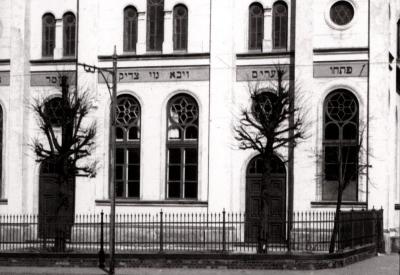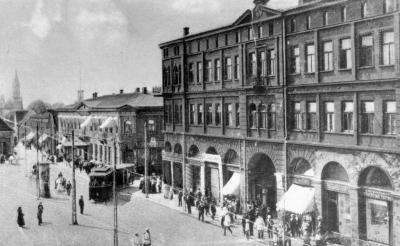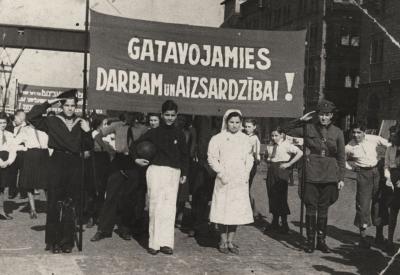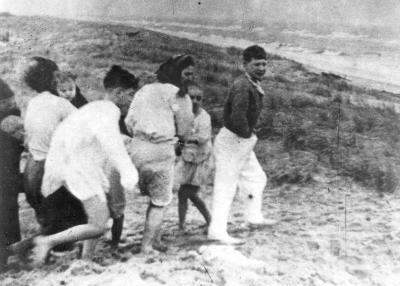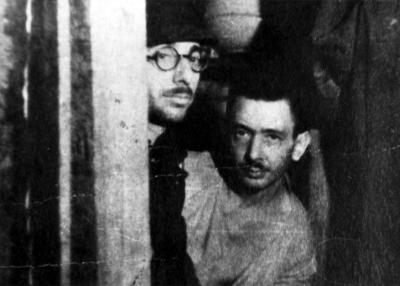Liepāja, in the Courland region of Latvia, is a port city on the Baltic coast. A Jewish community was established in Liepāja in the early 1800s, and by the end of the century there were some 9,400 Jews living in the city, about one-seventh of the city's population.
At the beginning of the 20th century, approximately one-quarter of the Jewish population of Liepāja emigrated from the city, some due to difficulties during World War I and some, influenced by the newly emerging Zionism, who immigrated to Eretz Israel (Mandatory Palestine).
In 1940, the Soviets occupied Liepāja. In July 1941, shortly after the beginning of the German occupation, the Germans and Latvians began to murder the Jews of the city. That month, some 1,000 Jewish residents of Liepāja were shot to death, most of them men. In September and October, hundreds more were killed. During one three-day stretch in December, another 2,800 Jews were shot – most of them women and children – such that by the end of 1941 the Jewish community of Liepāja numbered less than one thousand. In mid-1942, these Jews were confined in the ghetto set up in the city.
In October 1943, approximately half of the Jews in the Liepāja ghetto were deported to the Kaiserwald concentration camp, close to Riga. The rest were sent to the Riga ghetto, and a month later to Auschwitz.
With the entry of the Red Army into Liepāja on 9 May 1945, only a few dozen Jews were found in the city. According to the most recent data, there are several hundred Jews living in Liepāja today – Holocaust survivors, their descendants and immigrants from the FSU.




